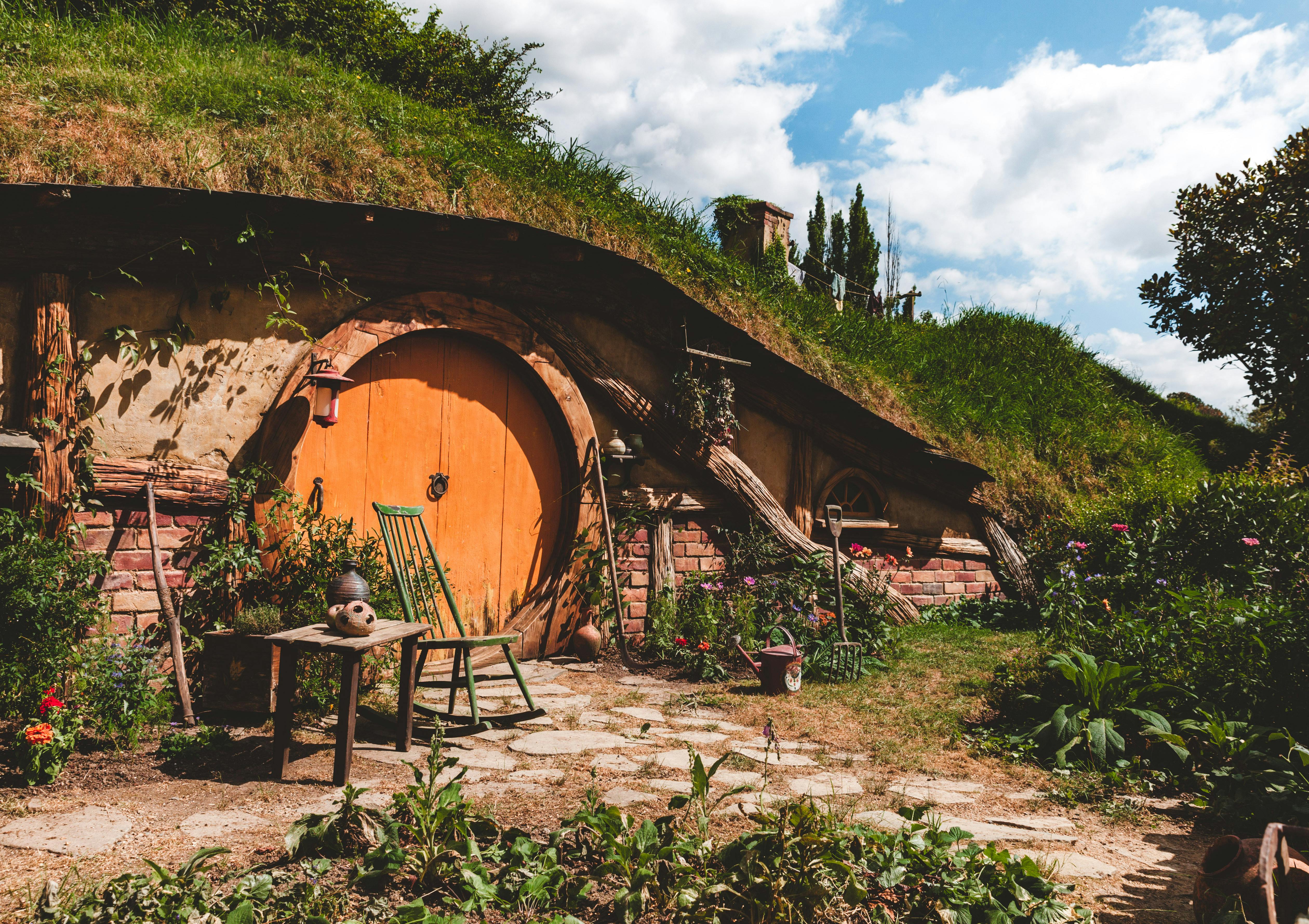Ski Holiday Reflection: Snow Cannons and Their Effects on the Environment
The cold breeze of the winter season and the first snowflakes put an end to the countdown of your most anticipated ski vacation. However, snow patterns have changed due to global warming, forcing ski resorts to use artificial means of creating snow through snow cannons. Ski resorts often use this machine to create the first layer of snow.
Snow cannons create snow by combining chilled water and compressed air. Compressed air fulfills three functions in the process of making artificial snow. First, it “atomizes” the water, or breaks it up into many tiny droplets. Second, it blows the water droplets into the air. Lastly, it helps cool water droplets as they fly through the air. During warmer days, they use an agent known as Snowmax, a protein that provides a nucleate for ice crystals, allowing them to freeze at temperatures around -3C.
Although considered a savior for most ski resorts, these canyons have undesirable effects on the environment.
Since it uses water to create artificial snow, it increases water consumption. According to an article published on Chamonet.com, it is estimated that making snow in France consumes more water than in a city of 170,000 inhabitants. However, there are now resorts that use treated sewage to create snow instead of fresh water from reservoirs.
Also, it consumes too much energy. It further contributes to the global warming problem due to the amount of energy output it creates. In addition, these machines contribute to noise pollution. In fact, a single snow cannon creates a sound of between 60 and 80 decibels, which is equivalent to the noise generated by heavy traffic. This noise disturbs wildlife in the mountains.
Also, let’s not forget that these machines also use certain chemicals to produce artificial snow. And when artificial snow melts, chemical residues from the snow can affect vegetation.
Also, artificial snow is much denser than natural snow, so it melts much later than natural snow, increasing the volume of meltwater that runs down the mountain and causing natural erosion.
Additionally, chemical additives used to create artificial snow can find their way into rivers that supply drinking water to tourist resorts.
The use of treated wastewater also raised alarms. They argued that the chemicals used in the treated water may cause further harm to the environment.
The bottom line is that while snowguns can help sustain businesses, their detrimental effects on our environment cannot be ignored. So how can we ski vacationers take an active role in helping keep the ski industry alive while remaining environmentally responsible? Here are some ways:
- Take steps to reduce energy use. Unplug appliances you rarely use and turn off all lights when you leave the room. While we can’t end the use of snowguns just yet, we can take the necessary steps to finally end climate change (and render snowguns useless in the process) in our own way.
- go for alternatives. When snow is scarce, it’s time to consider other fun activities that don’t require snow. Go water skiing or hiking.
